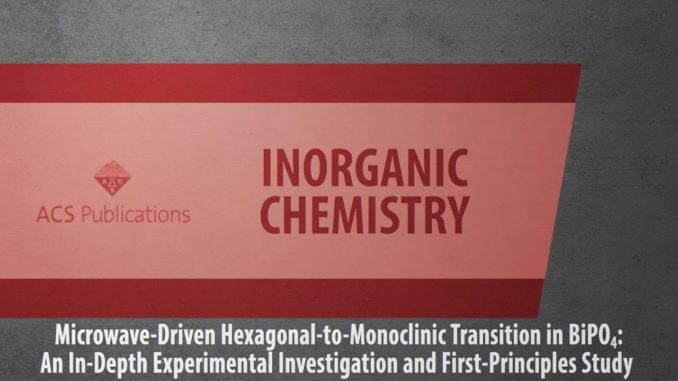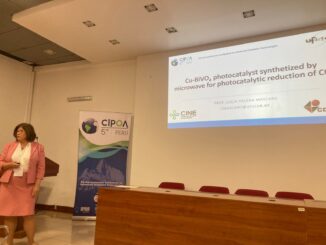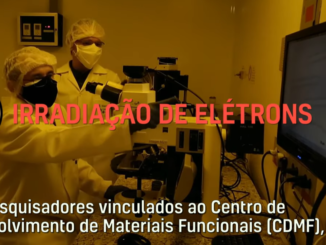
Microwave-Driven Hexagonal-to-Monoclinic Transition in BiPO4: An In-Depth Experimental Investigation and First-Principles Study
Abstract: Present theoretical and experimental work provides an in-depth understanding of the morphological, structural, electronic, and optical properties of hexagonal and monoclinic polymorphs of bismuth phosphate (BiPO4). Herein, we demonstrate how microwave irradiation induces the transformation of a hexagonal phase to a monoclinic phase in a short period of time and, thus, the photocatalytic performance of BiPO4. To complement and rationalize the experimental results, first-principles calculations have been performed within the framework of density functional theory. This was aimed at obtaining the geometric, energetic, and structural parameters as well as vibrational frequencies; further, the electronic properties (band structure diagram and density of states) of the bulk and corresponding surfaces of both the hexagonal and monoclinic phases of BiPO4 were also acquired. A detailed characterization of the low vibrational modes of both the hexagonal and monoclinic polymorphs is key to explaining the irreversible phase transformation from hexagonal to monoclinic. On the basis of the calculated values of the surface energies, a map of the available morphologies of both phases was obtained by using Wulff construction and compared to the observed scanning electron microscopy images. The BiPO4crystals obtained after 16–32 min of microwave irradiation provided excellent photodegradation of Rhodamine B under visible-light irradiation. This enhancement was found to be related to the surface energy and the types of clusters formed on the exposed surfaces of the morphology. These findings provide details of the hexagonal-to-monoclinic phase transition in BiPO4 during microwave irradiation; further, the results will assist in the design of electronic devices with higher efficiency and reliability.
Author(s): Tello, ACM; Assis, M; Menasce, R; Gouveia, AF; Teodoro,V; Jacomaci, N; Zaghete, MA; Andrés, J; Marques, GE; Teodoro, MD; Silva, ABF; Bettini, J; Longo, E
INORGANIC CHEMISTRY
Published: 1 MAY 2020 Volume: 59 (11) Pages: 7453-7468
DOI: https://doi.org/10.1021/acs.inorgchem.0c00181




